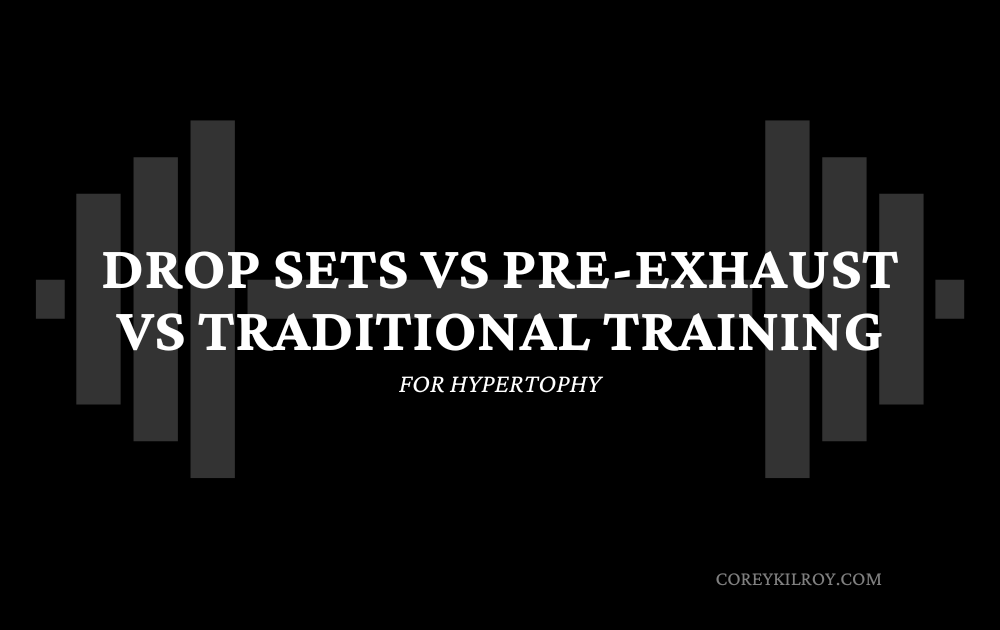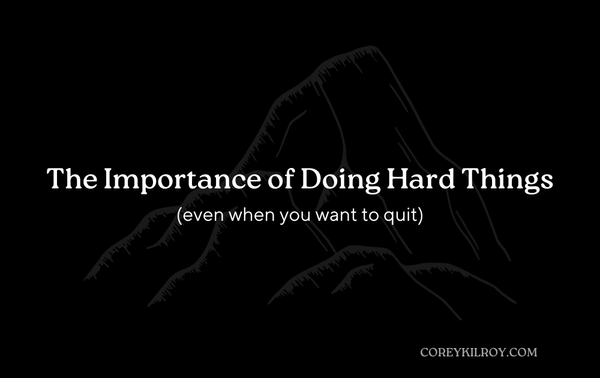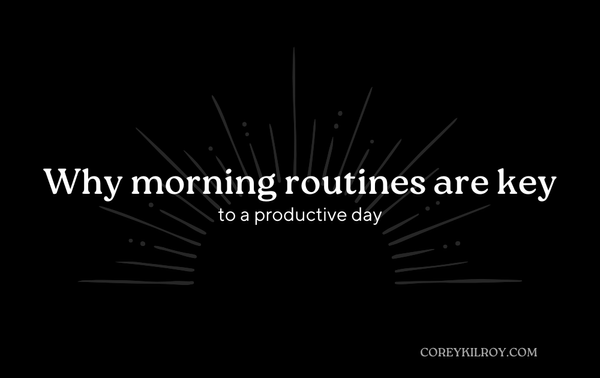Drop Sets vs Pre-Exhaust vs Traditional Training for Hypertrophy
Equated volume load: similar improvements in muscle strength, endurance, and hypertrophy for traditional, pre-exhaustion and drop sets in resistance training – Keskin et al. (2024)

When it comes to hypertrophy training, you’ll find tons of varying methods of training to “optimally make the most gains”.
A recent study compared drop-set and pre-exhaustion methods with a traditional training approach.
Although the study found no significant differences in strength, muscular endurance, or hypertrophy outcomes, notable differences were found for perceived exertion and muscle soreness in the days following a training session.
What did they test?
1. In the study, researchers split up 66 recreationally trained men into three groups:
a. Traditional training (straight sets)
b. Pre-exhaustion (isolation exercises before compound lifts), and
c. Drop sets (reducing load after failure and continuing the set)
2. The subjects completed six weeks of leg press and leg extension training, and trained two days per week.
3. Muscle soreness and perceived exertion were measured throughout the training period, while changes in maximal strength, muscular endurance, and muscle thickness were assessed from pre- to post-training.
What did they find?
They found that all groups in the study gained strength, improved muscular endurance, and increased muscle thickness, with no significant differences between groups.
However, the drop-set and pre-exhaustion protocols led to greater perceived exertion following exercise and increased muscle soreness in the days following training.
Analysis
So what does this mean for us gym goers?
Well, in the study, they found that there was no additional benefit to performing drop sets and pre-exhaustion techniques over traditional training. The only downside was in perceived exertion and soreness.
So therefore, it all really comes down to the number of hard sets, proximity to failure, and total volume.
As long as you're challenging yourself and putting in the work, you'll see results.
Now of course, this doesn't mean intensity techniques are useless.
These methods could still be used to add novelty to a training plan or they can be great for saving time, or working around injuries.
In the end...
So if you're stressing about what kind of training you should be doing in the gym for hypertrophy, take a deep breath.
As always, the fundamentals are always key.
Focus on the basics, like progressive overload, consistency, and intensity.
Be well and Keep Pluggin.
-C.



